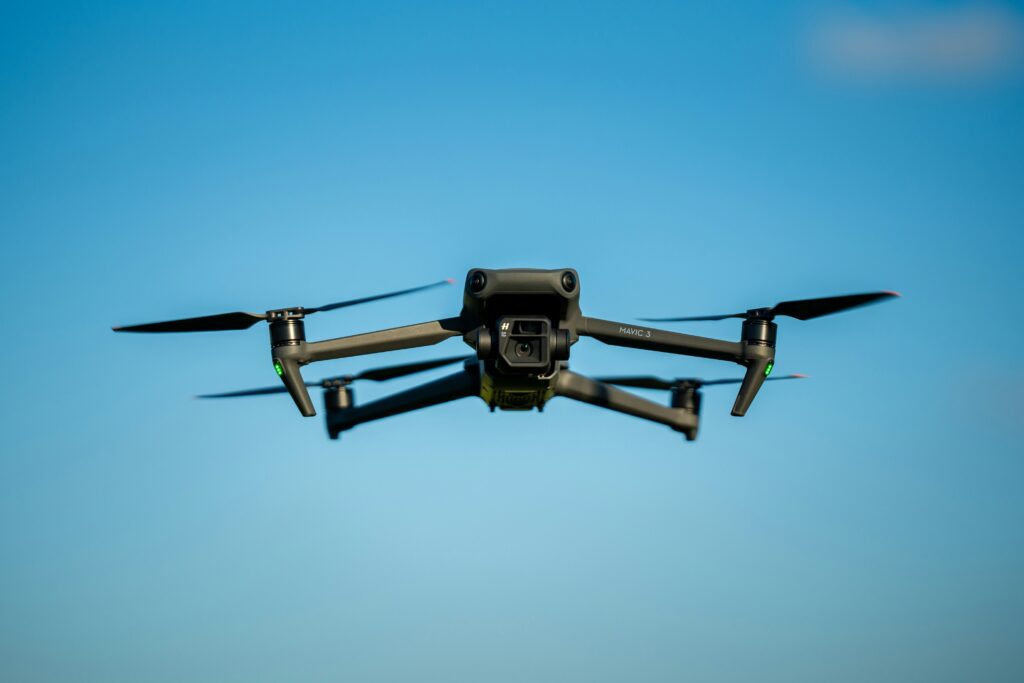
Technology is advancing rapidly. The modern world is slowly (or rapidly) advancing towards fully autonomy. one of the major area in autonomous vehicles are fully autonomous aerial vehicles.
UAVs are unmanned aerial vehicles. there are typically no humans onboard them and can be controlled remotely by a human operator. But during recent years (specially in this decade), there are many research and experiments happening to build these vehicles with autonomous capabilities.
autonomous vehicle is a type of vehicle that is designed to complete a mission by self-data analysing and self-decision making processes. there are two types of autonomous capabilities.
- Semi-autonomous
Semi-autonomous vehicles can be controlled both manually while performing some functions autonomously. there not advanced for fully autonomous capabilities and need a human operator every time.
- Fully-autonomous
Fully autonomous vehicles are the most advanced vehicle type. They are operated by intelligent onboard computer units by analysing the input data in real time and self-decision making.
fully autonomy is the ultimate achievement for vehicles. Large companies such as Tesla are experimenting fully self-driving autonomous cars. they have already released FSD autopilot software and Modern Tesla’s are capable of fully autonomous functions.
For UAVs it is very important to have autonomous capabilities. since they are operating above the ground level, there are many functionalities and input data measurements to consider including acceleration, altitude, air speed. UAVs flight controller is capable of measuring most of these measurements with built-in sensors. these measurements can be transferred to onboard intelligent computers.
There are three major design types for autonomous aerial vehicles.
1. Multi-rotor:
These are the current major drone design type. they have the major advantage of vertical take off and landing. These drones stand out for their agility, controllability, and stability. They frequently have four or more rotors. They are often used for aerial photography, surveillance, and short-distance delivery
2. Fixed-wing:
They are more technologically advanced drone designs and have many advantages than multi-rotor drones including longer ranges, more efficiency, etc. Drones with fixed wings and propellers are known as fixed-wing drones, and they resemble traditional airplanes. Because they work better over long distances, they are often used for tasks like mapping, farming, and aerial surveying.
3. Hybrid VTOL:
During the recent years, there is a new third design emerged. this design is to combine the abilities of both fixed wing and multi-rotor to make the most advanced drone design type. They can take off and land vertically like multi-rotors and fly ahead effectively like fixed-wing aircraft.
Architecture:
there are two major types in autonomous aerial vehicle architecture. they are software/programming and hardware architecture.
intelligent onboard computers:
The main hardware architecture is the intelligent onboard computer unit. These onboard computer units will be used to analyse input data with advanced algorithms and self-decision making processes. Instead of flight controller unit (such as pixhawk and arducopter) these units combined with controllers will act as the new brain of the autonomous aircrafts.
programming:
the most important functionality of being autonomous is to complete a mission by itself without any human interventions. to do this most important process is to program the drone computer. with the recent developments of artificial intelligence, advanced machine learning algorithms (deep learning) can be developed to perform desired tasks autonomously once they are being executed. These algorithms can perform basic tasks such as arm, take off and landing as well as more complex tasks such as obstacle avoidance.
Applications of autonomous UAVs:
There are many applications in autonomous aerial vehicles. following are some of the major examples.
- Videography/photgraphy
- military and defence purposes
- agriculture
- first responders
- mapping and geographical purposes
- construction
- infrastructure designing
- surveillance and public security
- surveyings
- monitoring
- delivery
- media
- medical purposes
- space exploration
There are many advantages of building Autonomous aerial vehicle systems. They provide multiple advantages to several industries and sectors including:
- Time saving/ efficient
- Affordable
- Safety
- accuracy
- precision
- minimum human operation
- larger computational power
- environmental friendly (most of the time)
- flexibility
- adaptability
Building autonomous aerial vehicles and generally autonomous vehicles are very important to mankind. These vehicles already having a larger impact on our lives. Autonomous aerial vehicles are very essential for many industries. They can provide clear advantages than regular remote control and semi-autonomous vehicles in performances.
Yet, Autonomous aerial vehicles do have certain limitations and difficulties. Consideration and appropriate use are required due to operational constraints, safety concerns, privacy difficulties, and regulatory complications.
So, it is important to understand that the building more technologically advanced autonomous aerial vehicles will be dependent on how these challenges can be solved while not reducing their advantages.
